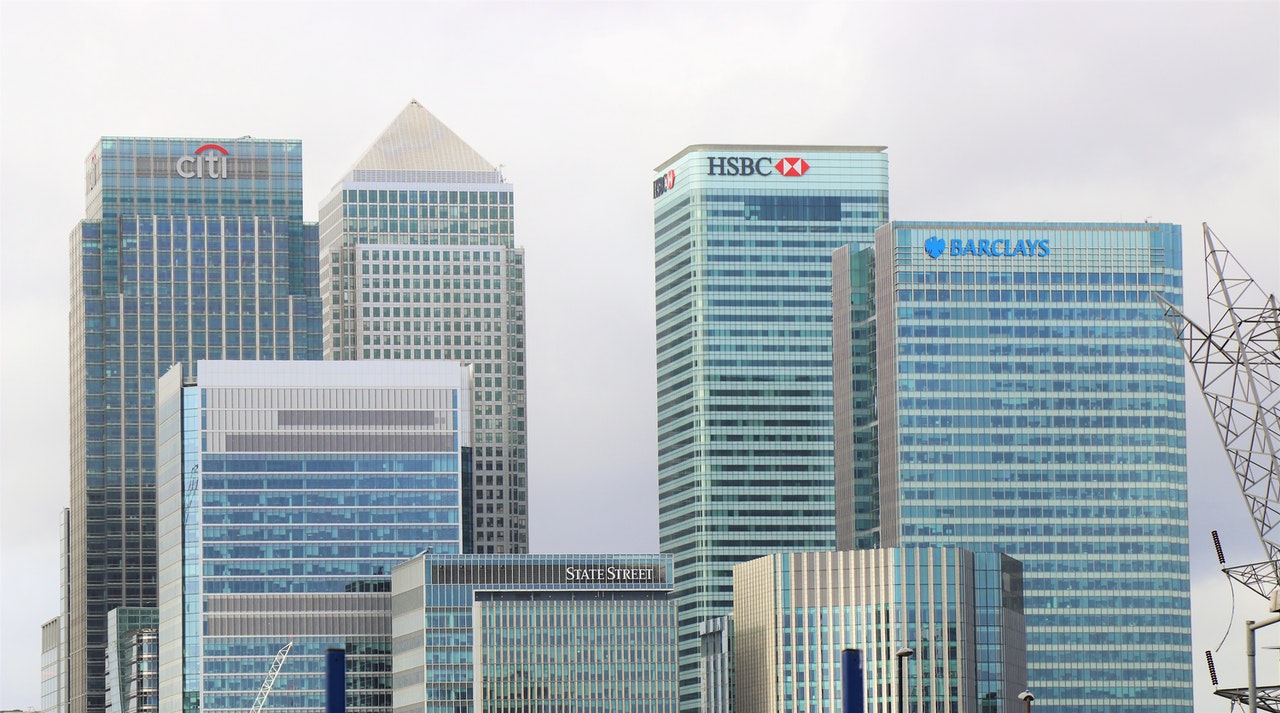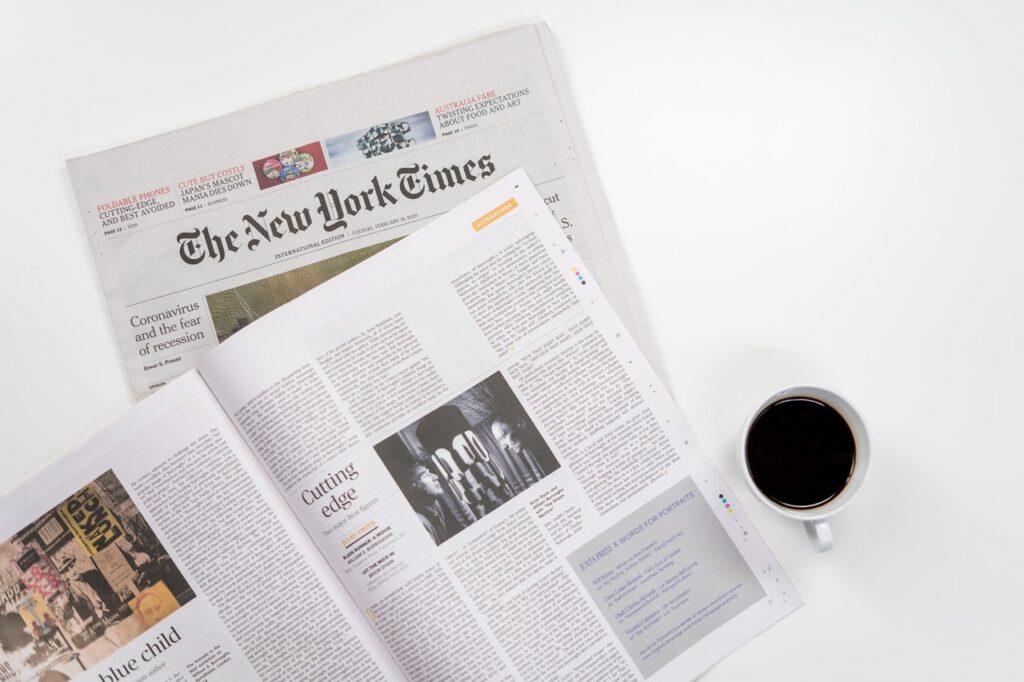
There are bound to be many forces driving the Forex Market around the world. Different people might have different take on this but these are some of the key factors that has been around for quite some time now.
-
Central Bank Interest Rates
On a macro level, central banks and their interest-rate decisions have the greatest impact on exchange rate values. In general, if a central bank raises interest rates, it indicates that their economy is expanding and they are optimistic about the future; if they lower interest rates, it indicates that their economy is contracting and they are pessimistic about the future. This type of visualisation may be overly simplistic, but it is typically how central banks react to economic changes.
The confusion arises when merchants attempt to predict what central banks will do with interest rates. Traders traditionally begin buying a currency well before the central bank is scheduled to make a decision if they expect the central bank to raise interest rates, and vice versa if they expect the central bank to cut rates. If, on the other hand, the central bank fails to perform as predicted by traders, the result may be very brutal, as traders abandon their preconceived positions.
Following the Great Financial Crisis of 2008, most major central banks have implemented policies of increased communication to better signal their intentions for the near future to the market. If a central bank indicates that interest rates may be raised sooner rather than later, it may be a good time to invest in that currency.
-
Central Bank Intervention
When the value of a currency causes undue damage to an economy, the central bank of that country may feel compelled to intervene and directly impact the value in its favour.
 For example, a country that relies on exports, such as Japan, does not want its currency to appreciate too much. The price of a PlayStation is shown in this graph to help visualise the relationship:
For example, a country that relies on exports, such as Japan, does not want its currency to appreciate too much. The price of a PlayStation is shown in this graph to help visualise the relationship:
| USD/JPY VALUE | PRICE OF DVD PLAYER IN USD | MAKER OF DVD IN JAPAN RECEIVES |
| 60 | $100 | ¥ 6,000 |
| 80 | $100 | ¥ 8,000 |
| 100 | $100 | ¥ 10,000 |
Using intervention to your advantage is especially difficult because, different from interest rate changes, intervention is rarely announced until it was done. However, if a central bank on repetition declares that its currency is historically overvalued, there may be hints that intervention is on the way. The timing, on the other hand, is difficult to predict and normally comes as swiftly without any hint.
-
Options
The majority of the volume traded in FX options is for foreign business reasons, which means that companies can protect themselves against currency value fluctuations. However, an increasing portion of the traded volume is devoted to speculation.
Double No Touch (DNT) options are the kind of option that FX traders are most interested in. Typically, these options are put on round numbers in famous currency pairs such as the EUR/USD or USD/JPY, and they are often targeted by highly liquid investors. When a currency pair moves a lot and gets close to these psychological points of interest, it can sometimes surge past them and then retreat just as easily. Other times, the market approaches a level but never quite reaches it before retreating from it.
-
Fear and Greed
Fear can turn a falling instrument into a full-fledged panic, while greed can turn a growing market into a blind-buying frenzy.
One of the most celebrated examples is the late 1920s, when buying anything and everything on Wall Street was popular. Greed was at an all-time high, as the prevalent belief was that stocks would continue to rise indefinitely. Then came Black Tuesday, which triggered the Great Depression.
The link between the two feelings will also work in the opposite direction. Fear dominated mainstream thinking during the Eurozone and, in particular, Greece’s crisis in the 2010s, resulting in extreme sale of the EUR currency. However, greed soon set in, driving the currency to levels that were harmful to jobs and inflationary dynamics, to the point where the European Central Bank had to force devaluation through a variety of market mechanisms.
While it is simple to point out the consequences of fear and greed on markets after they have acted, predicting when they will flip in the future is difficult.
-
News
Many news is expected, and others isn’t, but all have the potential to shift the market dramatically. Scheduled news is adored by many investors and has the potential to impact shares on a daily basis. There isn’t anything we can do with unpredictable events; you just assess risk and hope you don’t suffer any negative outcome.
Not every anticipated piece of news moves the economy. As a broker, you must be able to understand when big market movers are unfolding as well as how to tackle them. For example, job reports from major financial centres tend to drive markets rather than industrial sales reports, and retail sales estimates tend to agitate markets more than monetary supply reports.
The Economic Calendar is an excellent tool for determining which reports have the most effect. While not all major news items, such as the announcement of non-farm payrolls or a central bank monetary policy decision, move the stocks as their number is called, they have the best chance of doing so, and predicting when the markets will move can be one of the most valuable trading advantages you have.
